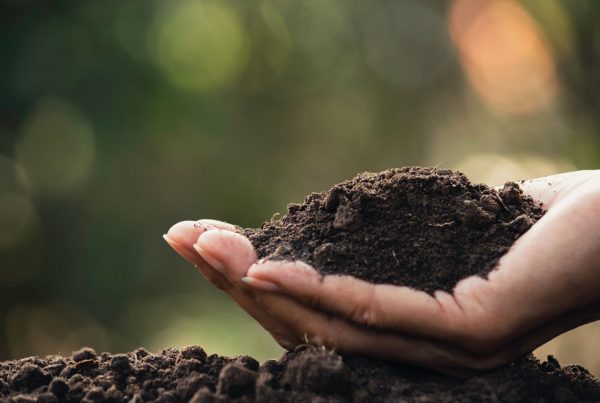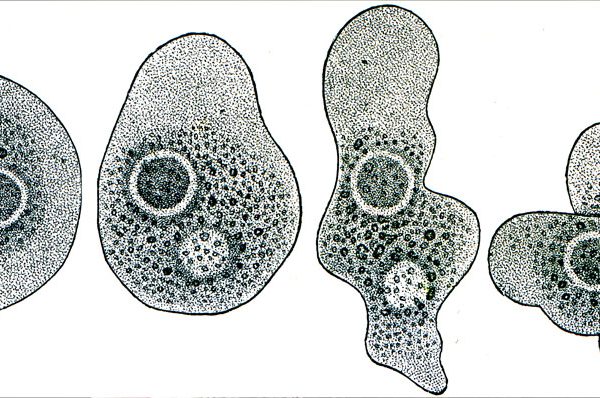Imagine you’re in a submarine fitted with windows and lights that are powerful enough to cut through the inky-blackness at the bottom of the ocean. That’s right, this article, focusing on the importance of growing plants in healthy soil, starts at the ocean bottom, which may sound ab-soil-utely absurd but take a deep breath and come along for the ride…
You’re sinking down, deeper and deeper, and you come to rest hovering above the Mid-Atlantic Ridge. Towering around the submarine are huge fissures and structures that look like chimneys, or smoke stacks, spewing superheated water mixed with minerals from deep within the molten center of our planet. These structures are called “black smokers” or “hydrothermal vents” and they literally provide hot-spots at the bottom of the ocean that support thriving ecosystems.
You may have imagined it being desolate down here but there’s actually an abundance of living organisms. Scientists have even discovered fungal hyphae down here. Lifeforms that survive and thrive in this seemingly inhospitable place demonstrate the extraordinary adaptability of living organisms. Without the help of our submarine we would be killed instantly from the coldness and crushing pressure but creatures that live down here have adapted and specialized to this extreme environment. Most times when organisms from these depths are brought to the surface, to the conditions that we find so comfortable, they succumb to the alien conditions: no water pressure; no coldness; and no darkness.
So what’s the connection between growing plants in healthy soil and the stuff going on at the bottom of the ocean?
Organisms that live underwater have adapted to thrive in their environment and organisms that evolved to live out of the ocean adapted for survival influenced by the conditions they encountered on terra firma. Fossil records indicate that plants made the enormous evolutionary jump from water to land during the Ordovician period, around 470 million years ago, and throughout all that natural history, and still happening even today, plants have been diverting energy they produce from photosynthesis into their roots fostering a symbiotic relationship with healthy soil.
When people caring for plants add amendments, boosters, and fertilizers to their soil they are interfering with the natural and ecological processes occurring therein and may often cause more harm than good. Living soil microbes can be damaged or eradicated completely, or their population counts changed drastically in response to a new stimulus (i.e., food in the form of organic matter), which contributes to and causes soil compaction, nutrient loss, and may even encourage the proliferation of soil-borne diseases.
Holistically healthy soil is a growing medium that is perfectly suited from a biogeochemical standpoint to meet the needs of most plants – epiphytes aside! Healthy soil retains air and water and provides a site for chemical reactions to occur. Healthy soil is an environment that supports symbiotic relationships. Soil provides a natural habitat for Plant Growth Promoting Rhizobacteria (PGPR) that benefit plant growth and quality. Healthy soil also supports an entire thriving soil ecology in the rhizosphere of plants that naturally make nutrients available to growing roots. Books have been written on the beneficial properties of healthy soil that can only be created by having living soil.
Plants offer ‘soil mulch’ to our world! Aside from eating them directly or indirectly, there are so many products we use every day made of plants. Considering that plants offer us so much, if you are growing and caring for your own plants, then you can ensure that they’re happy (now that’s a whole other article on plant neurobiology) and that you’re giving them what’s most important to they’re growth and quality – healthy soil!



